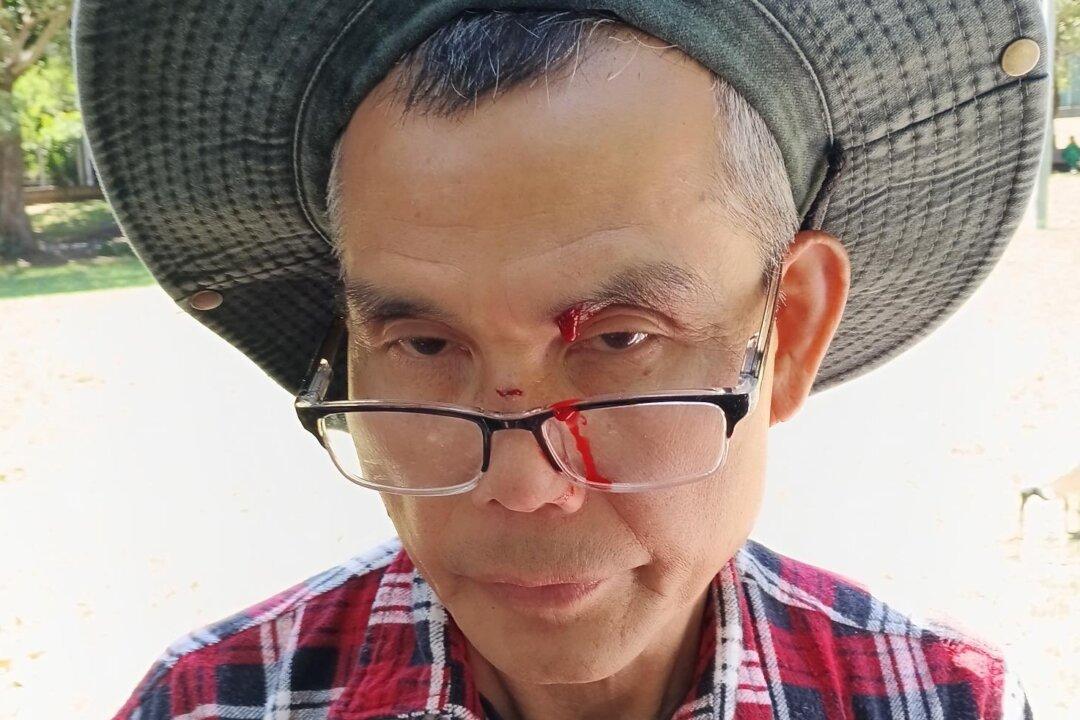The Australian state of Victoria will pause non-urgent surgeries as it scrambles to deal with rising demands on its health service amid a growing outbreak of the CCP virus.
Health Minister Martin Foley confirmed that public hospitals from Oct. 14 will only perform Category 1 surgeries (must be treated within 30 days) or 2A surgeries (90 days).





